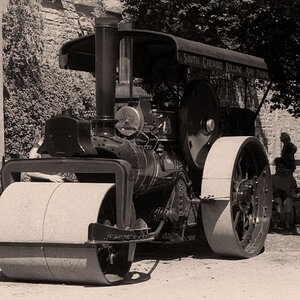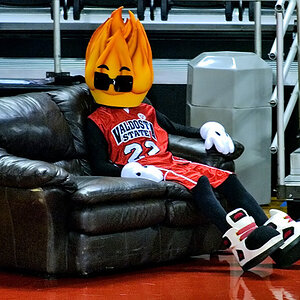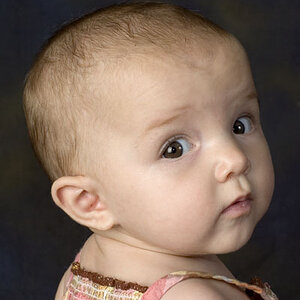darry85
TPF Noob!
- Joined
- Nov 21, 2017
- Messages
- 37
- Reaction score
- 26
- Can others edit my Photos
- Photos OK to edit
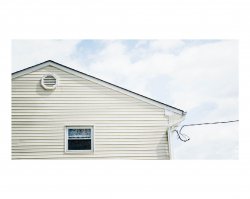
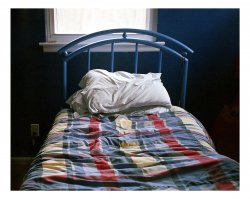

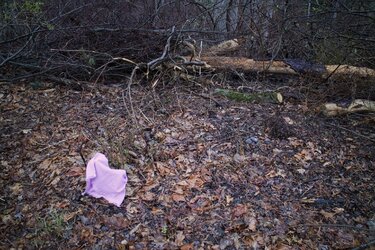
This is some of the work I do currently.
So I’m looking for a decent medium format or 4x5 camera. I don’t want to spend more than $600. I was thinking of a rb67, but I heard they’re a pain to operate. I was also thinking of working in 4x5, but can’t make up my mind. Any suggestions of a camera or thoughts on the rb67? I was thinking of getting the intrepid 4x5.


![[No title]](/data/xfmg/thumbnail/34/34118-1c18899050bfacc1ed25ac6c1740422b.jpg?1619736288)
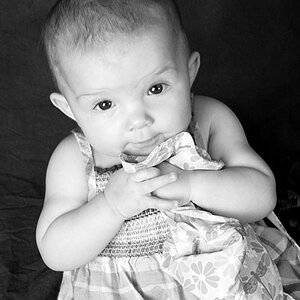
![[No title]](/data/xfmg/thumbnail/35/35967-ee5e7220e6f5cbd7d70fb99fe8ce5038.jpg?1619737285)
![[No title]](/data/xfmg/thumbnail/35/35966-4f59fb71a71adfe775ae568f8c534699.jpg?1619737283)
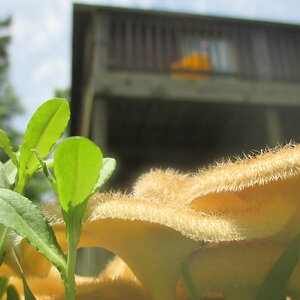
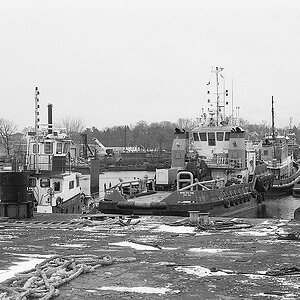

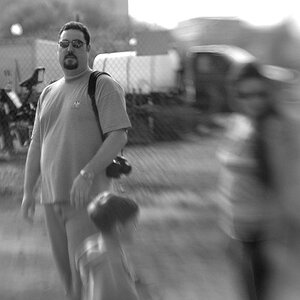
![[No title]](/data/xfmg/thumbnail/39/39183-f229dae0963376879140c9959e33f935.jpg?1619738903)
